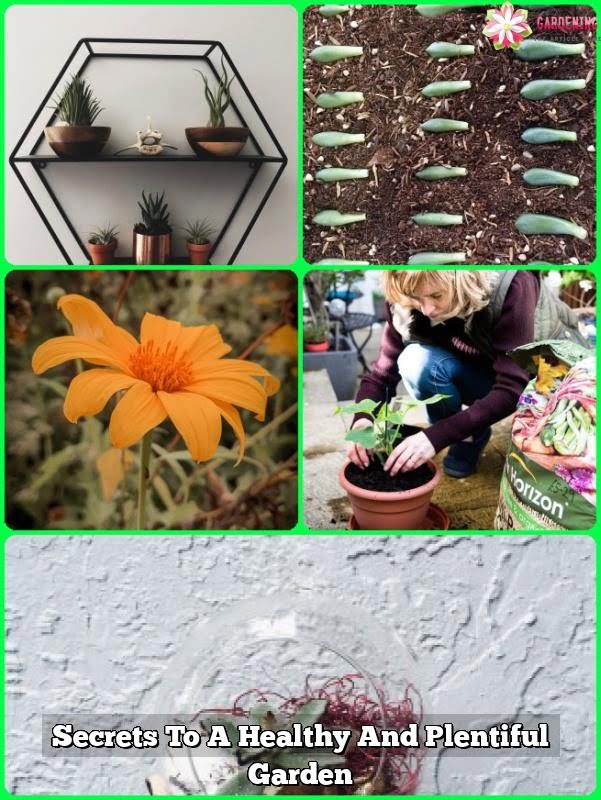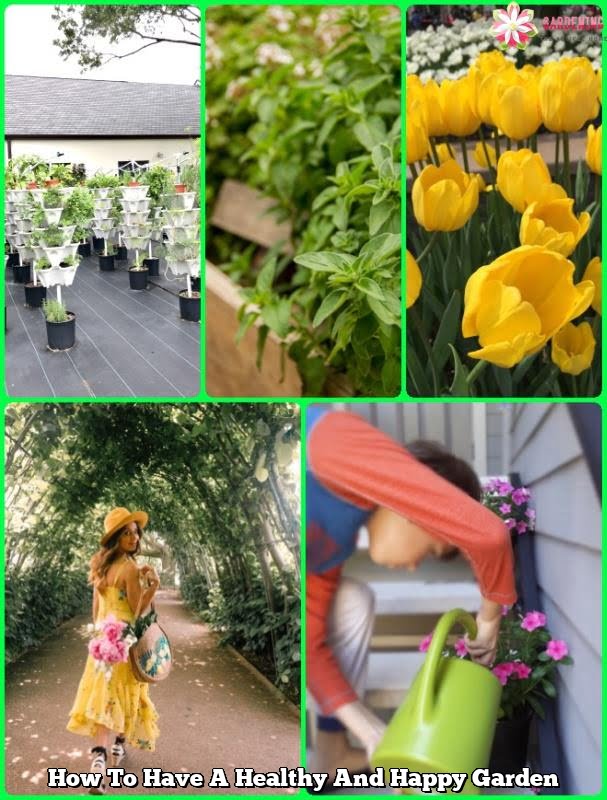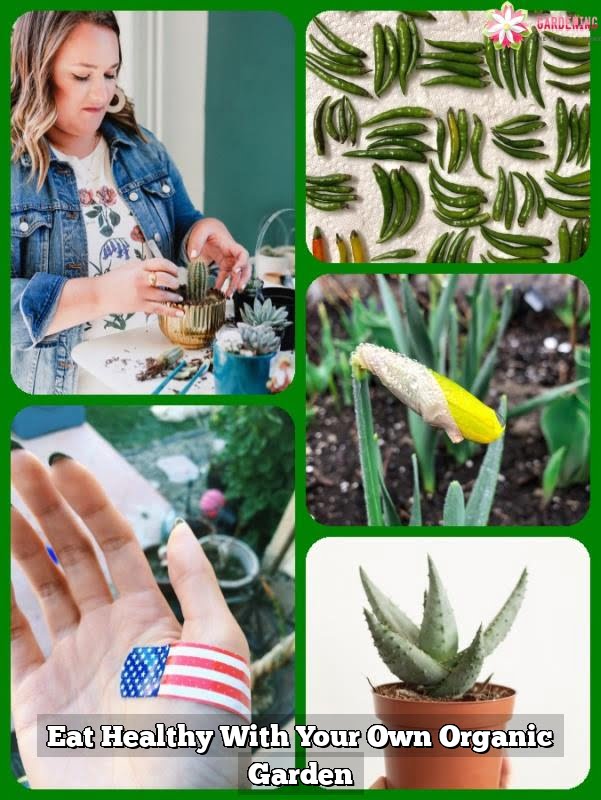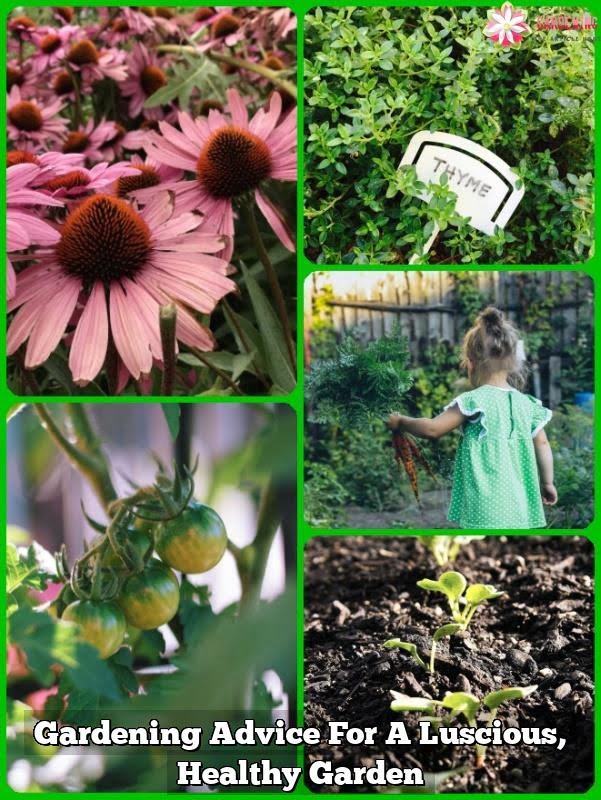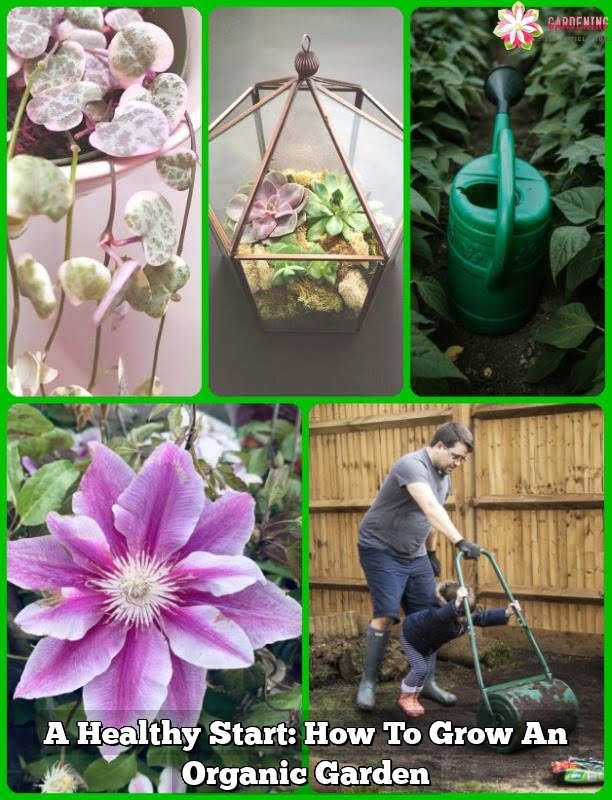Organic horticulture is something that many families want to do but simply never go through with.
Your plants will respond better to gradual changes in temperature or condition.Place them outside in the sun for about an hour or two on the first day. As time goes by, gradually extend the duration of sun exposure. By the end of the week, the plants can make that big move without a problem!
Use biennials and annuals to add color to your flower bed. You can also use these flowers to fill any spaces between shrubs or perennials. Notable biennials and annuals include marigold, sunflowers, hollyhock, hollyhock, marigold and sunflower.
Plants need a good supply of CO2 to reach their maximum growth. Most plants grow better with more CO2. The best way to expose your plants to a saturated level of carbon dioxide is by growing them in a greenhouse.
Be diligent in your garden.Weeds can turn a healthy garden and take away all its potential. White vinegar can be used as a pesticide-free way to battle weeds. White vinegar will definitely kill weeds! If you’re annoyed with pulling up weeds manually, simply spray them with a white vinegar solution.
If your soil has high alkaline amounts, mixing in some coffee grounds that have been used is a great solution. This is a great and cheap way to replenish your soil with acid. This will allow your vegetables you grow healthier and more flavorful.
If you are a first time gardener, follow all the guidelines and rules on your chemicals and tools. If you ignore them, you can abrade or even burn your skin. Keep your health intact and follow directions.
Use care when watering your garden. Use a hose with a soaker attachment to save you time, or a watering can that needs to be refilled repeatedly. Keep the water pressure on your hose low so it doesn’t spray up onto the plants’ leaves. Let it water the plants for a few hours while you do other things.
Rimmed Hats
Wear wide-brimmed hats, wide-brimmed hats, and sunblock. Protecting yourself from the sun is the best way to prevent sunburns and skin cancer later in life.
The ambient temperate of a room with live plants is between sixty-five and seventy-five degrees Fahrenheit during the day. The temperature needs to be this warm so they may grow. If you do not want to keep your home that warm during the winter months, you can provide local heating for the plants with a heat lamp instead.
If you want to start a small organic garden indoors, the first thing you should consider is an adequate light source. If the room you wish to grow them in faces in a direction that gets little light, it will be best that you grow plants that are ideal for this type of environment. You could also consider using artificial lighting to help.
Do not be in a rush when planting seeds. You need to start by moisturizing the soil. Seeds should be buried as deep as three times the seed size. Some seeds you do not want to bury because they need light to grow.
Some common examples are petunias and ageratum. If you are unsure about your seed’s requirements for sunlight, a guide either comes with seeds, or you can find out online.
Add mulch to keep your garden to improve the vitality of the soil. The right amount of mulch will protect the soil underneath. Mulch will ensure your soil at an ideal temperature and protect the roots. This helps soil keep its moisture by reducing the rate at which water evaporates. It will also very good at controlling the weeds.
Gardening is a good way to connect with nature, but organic horticulture is especially good at this.
The bulbs of the garlic are ready for harvesting when the tops of them begin to brown.
Plant twice- three weeks after planting tomatoes in the organic garden, starting from the original strain and they will grow in a more organized structure.This can give you are not inundated with a steady supply to tomatoes and reduce an overabundance at one time.
Try planting your organic garden a beautiful shade garden. You might be interested to know that these gardens are relatively easy to maintain. They will require much less watering, and not much work or time. This could also enable slower growth, but at least there will be fewer weeds to eradicate.
When it’s time to dig a hole for a shrub or a tree in an organic garden, dig irregular holes with rough sides. If you create holes that have “glazed” sides created by shovels, it may prove difficult for the roots to penetrate through the soil.
Even though there will still be insects, your plants will not be affected as much as before.
Weeds are a regular garden as well as an organic garden. This organic weed killer is safe for both you or the environment.
An effective way of organic gardeners is to raise crops that are expensive to purchase. The value of each plant will differ from person to person. You could save money by growing plants that are initially more expensive to buy. Plant foods you love to eat.
You can spray away snails by spraying them with ammonia and ammonia. Ammonia is harmless to plants and converts to nitrogen over time, and it breaks down into nitrogen that will help fertilize them. It will kill off the snails and keep them from hurting your flowers. Use the water and ammonia mixture daily for best results.
Some houseplants require some humidity. You could create humidity by grouping different kinds of plants together in a pot, or replanting the specimen into a larger pot and filling the gap in with compost or stones. Another way to increase humidity for your houseplants is to mist them with a water mister one to two times daily.
If you keep these various tips in mind, horticulture should not be so daunting. If you make proper use of the advice you have learned, you will soon be able to reap a bountiful harvest from your organic garden.

Welcome to my blog about home and family. This blog is a place where I will share my thoughts, ideas, and experiences related to these important topics. I am a stay-at-home mom with two young children. I hope you enjoy reading it! and may find some helpful tips and ideas that will make your home and family life even better!

